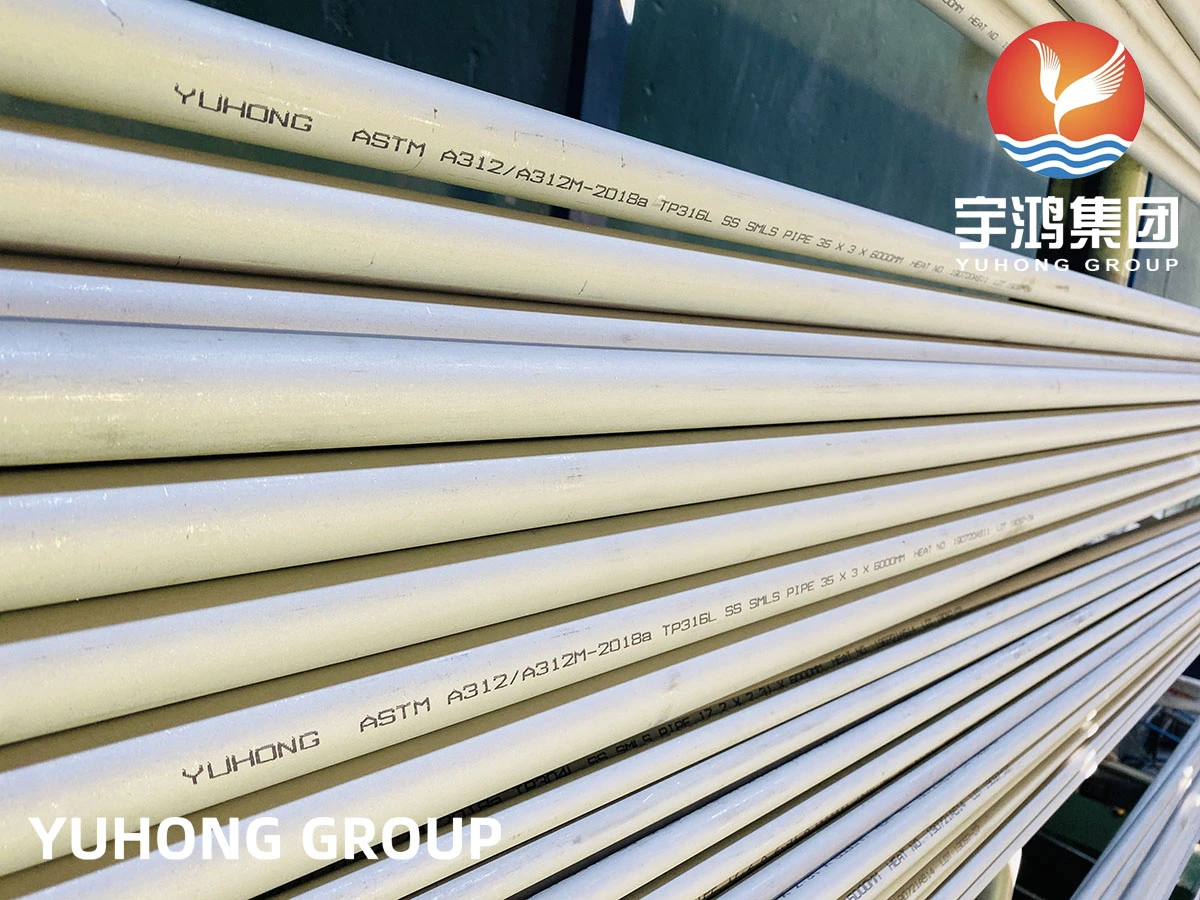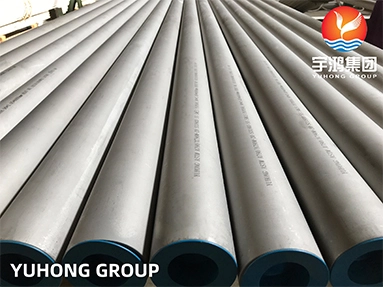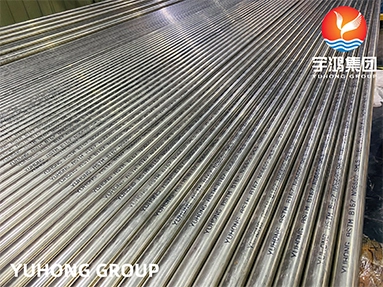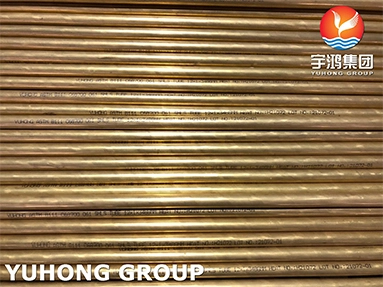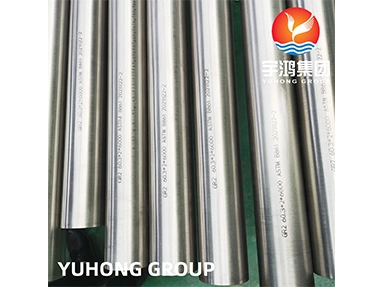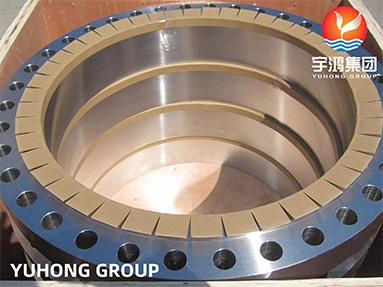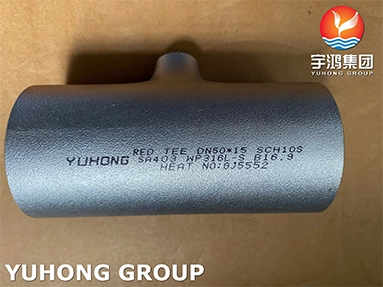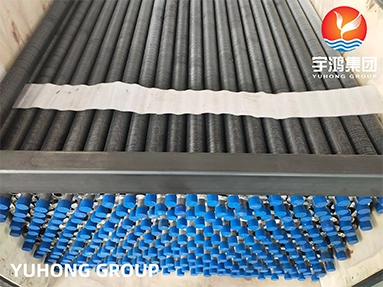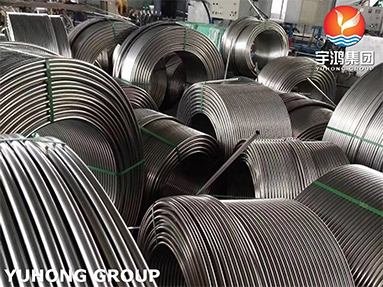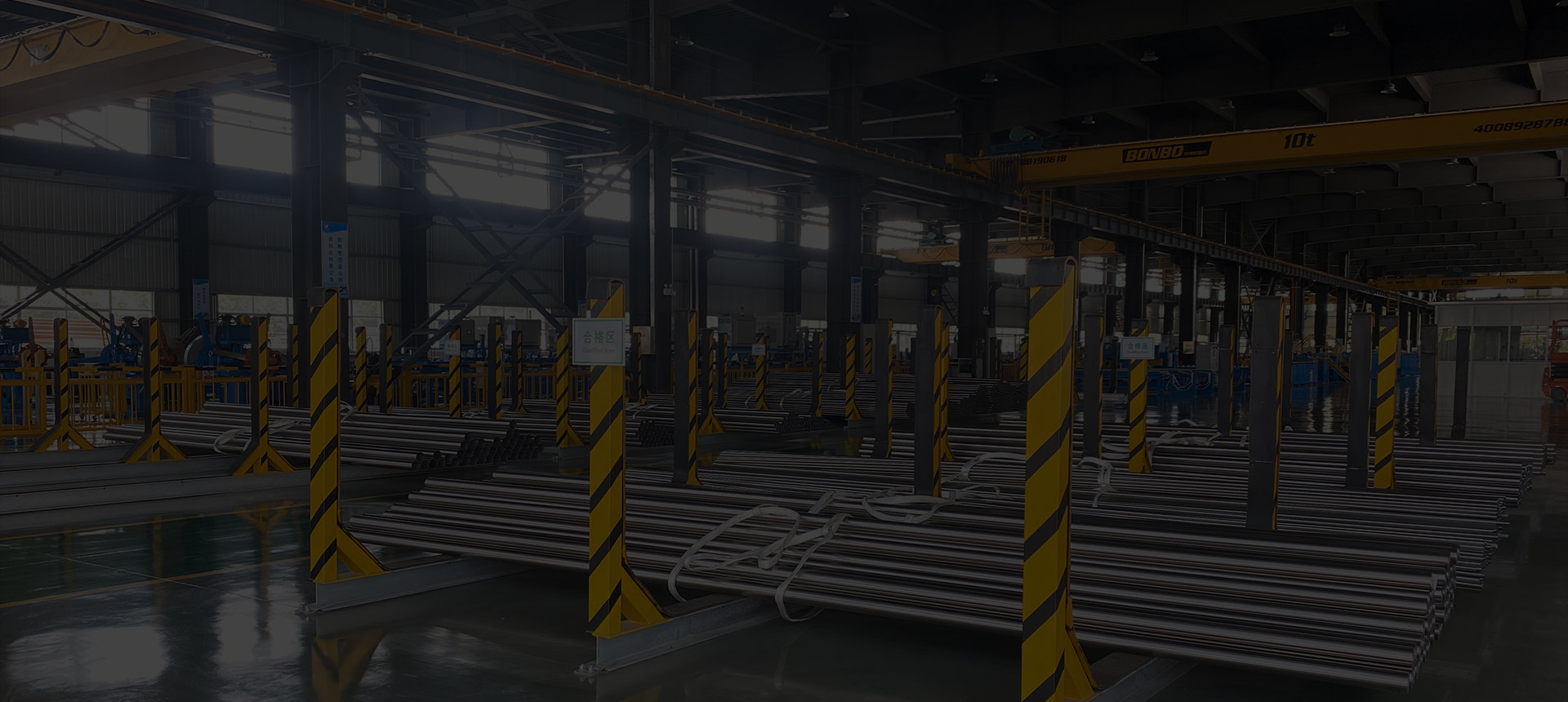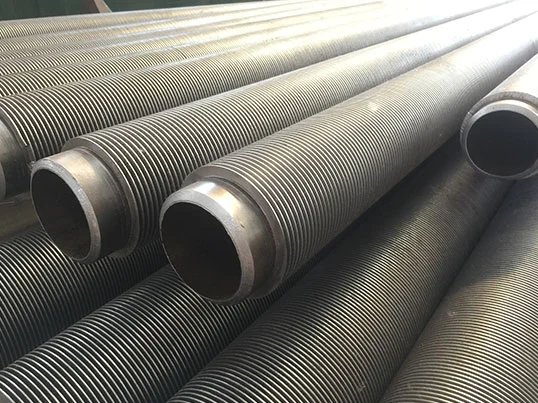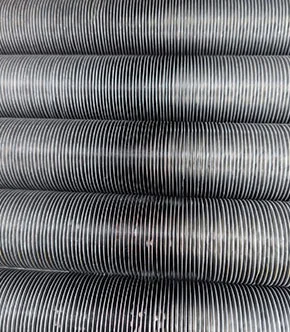-
Products
ASTM A213/ASME SA213 Stainless Steel Tube ASTM A312/ASME SA312 Stainless Steel Pipe ASTM A249/ASME SA249 Stainless Steel Tube ASTM A269/ASME SA269 Stainless Steel TubeASTM B163/ASME SB163 Nickel Alloy Pipe/Tube ASTM B444/ASME SB444 Nickel Alloy Pipe/Tube ASTM B622/ASME SB622 Nickel Alloy Pipe/ TubeIncoloy Flange Inconel Flange Monel Flange Hastelloy Flange Stainless Steel Flange Duplex Steel Flange High Temperature Alloy Flange Low Temperature Alloy Flange Overlay Cladding FlangeIncoloy Fitting Inconel Fitting Monel Fitting Hastelloy Fitting Pure Nickel Alloy Fitting Stainless Steel Fitting Duplex Steel Fitting High Temperature Alloy Fitting Low Temperature Alloy Fitting Carbon Steel Fitting
- Application
- Process Method
- Company
- Services
- Resources
- Contact Us
SEARCH

 English
English